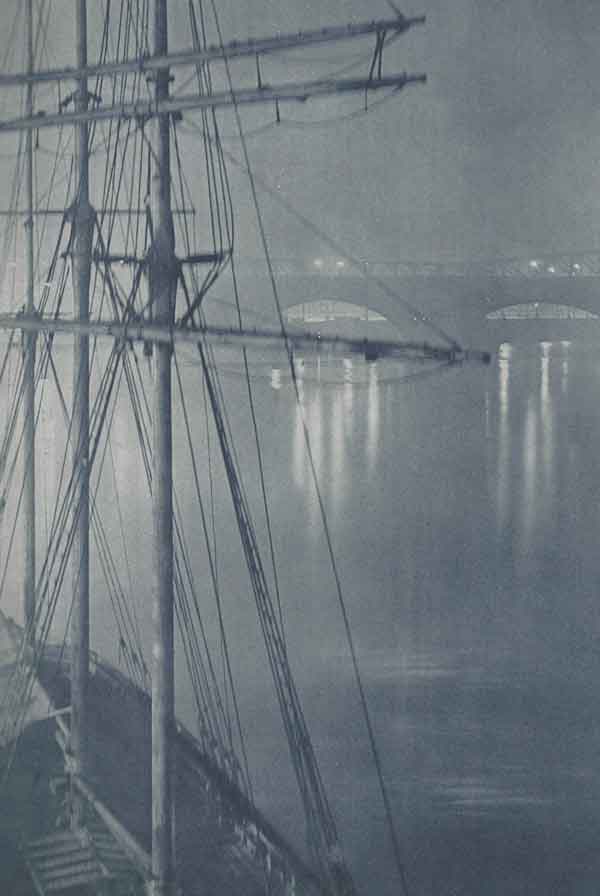In the annals of Victorian London’s history, a phenomenon shrouded the city streets in an eerie embrace, casting an enigmatic veil over its bustling thoroughfares.
The notorious London fog, often referred to as “pea-soup fog,” became a defining characteristic of the city, creating an atmospheric ambience that both fascinated and plagued its residents.
THE CAUSES OF FOG
But what were the causes behind this pervasive fog that blanketed the streets of Victorian London?
One of the primary contributors to the fog was the rapid industrialization that swept through the city during the 19th century.
As factories and industries mushroomed, the resulting smoke and pollutants were released into the air, creating a dense haze that mingled with the natural elements.
Coal-fired power plants, steam engines, and domestic coal-burning stoves all played their part in emitting vast quantities of smoke and soot, adding to the atmospheric cocktail that would eventually envelope the city in its foggy embrace.

THE GEOGRAPHY OF LONDON
Another factor that exacerbated the fog was London’s unique geographical location.
Situated on the banks of the River Thames, the city was prone to the effects of temperature inversions.
During calm and cold weather conditions, a layer of warm air would settle above the cooler air near the ground, trapping pollutants and moisture close to the surface.
This inversion prevented the natural dispersion of pollutants and led to the accumulation of fog, making the situation in London particularly dire.
THE CITY’S NARROW STREETS
Furthermore, London’s topography played a role in the persistence of the fog.
The city’s narrow streets and tall buildings created an urban canyon effect, which hindered air circulation and trapped the fog within the cityscape.
The irregular street layouts, combined with the presence of countless chimneys, exacerbated the problem, creating pockets of stagnant air that allowed the fog to linger for extended periods.
THE THAMES PLAYED A PART
The fog itself was not merely a result of industrial pollution and weather patterns; it also had a peculiar mix of natural and man-made components.
The Thames, a vital artery of the city, was heavily polluted with sewage and industrial waste, which emitted foul odors and added to the murky mix.
The river’s moisture, combined with the atmospheric conditions, contributed to the formation of the fog, resulting in a distinctively pungent and damp foggy atmosphere.
A DISRUPTION TO LIFE
The impact of the London fog was far-reaching and multifaceted.
Its notorious density reduced visibility to a few feet, making navigation treacherous and causing accidents on roads, railways, and waterways.
The fog’s persistence disrupted daily life, with businesses and transportation systems grinding to a halt during particularly dense episodes.
